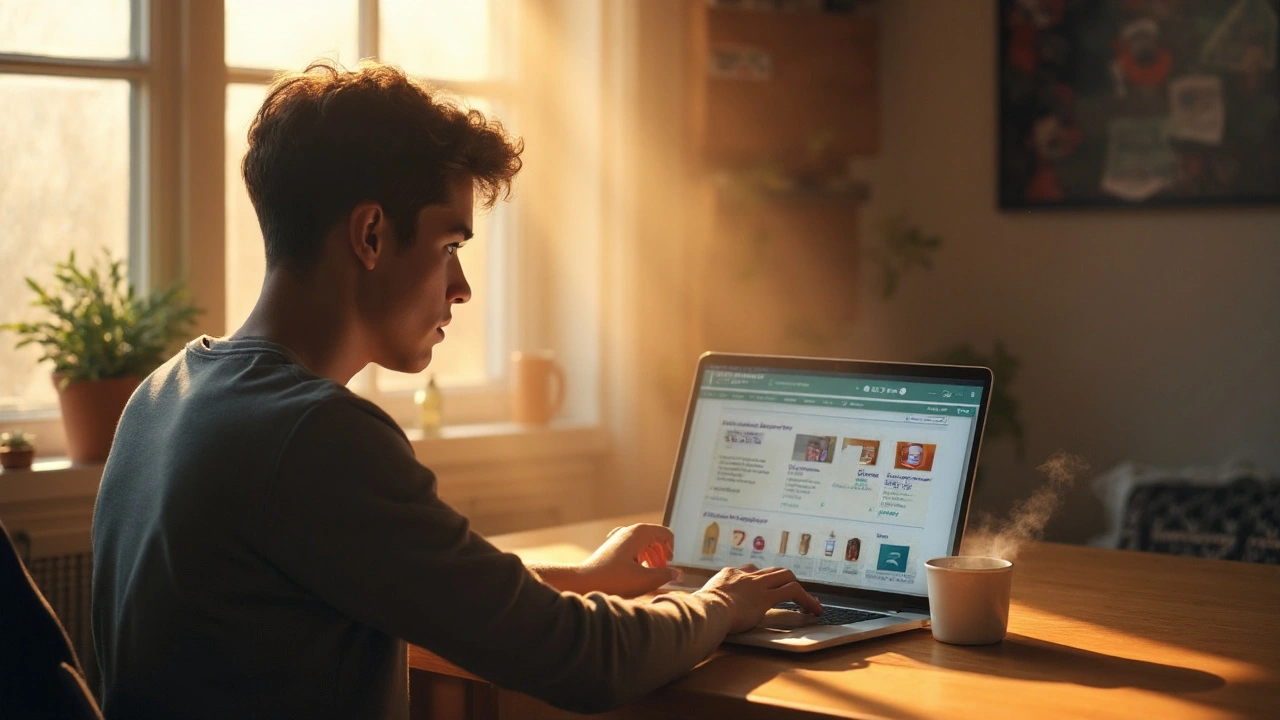Celecoxib Side Effects: Quick Guide to What You Need to Know
If you’ve been prescribed celecoxib (brand name Celebrex) you probably want to know how it might affect your body. Celecoxib is a COX‑2 inhibitor used for arthritis, pain, and inflammation, but like any drug it can come with unwanted reactions. Below we break down the most common complaints, the rarer but serious warnings, and easy steps to keep yourself safe.
Common (and Usually Mild) Reactions
Most people feel fine, but about one in five report at least one of these milder issues:
- Stomach upset: nausea, indigestion, or a feeling of fullness. Taking the pill with food often helps.
- Headache or dizziness: a light‑headed spell can happen, especially when you first start the medication.
- Skin changes: mild rash or itching is reported. If it spreads or gets painful, call your doctor.
- Fluid retention: some notice swelling in ankles or feet. Elevating your legs and reducing salt can ease it.
These side effects usually fade after a week or two. If they linger, a dose tweak or a switch to another NSAID might be worth discussing.
Serious (but Rare) Alerts
Even though they’re uncommon, it’s crucial to recognize the red‑flag signs that need immediate medical attention:
- Heart issues: chest pain, shortness of breath, or sudden swelling could signal a heart attack or worsening heart failure. Celecoxib can raise cardiovascular risk, especially in people with existing heart disease.
- Kidney problems: decreased urine output, dark urine, or severe fatigue may point to kidney injury.
- Severe skin reactions: blistering, peeling, or a target‑shaped rash (Stevens‑Johnson syndrome) require urgent care.
- Gastrointestinal bleeding: black or tarry stools, vomiting blood, or severe stomach pain should never be ignored.
Because these events are rare, they don’t mean celecoxib is unsafe for everyone. They just remind you to stay alert, especially if you have risk factors like high blood pressure, smoking, or a history of ulcers.
Here’s a quick checklist to use when you start celecoxib:
- Read the prescription label and note the dose.
- Take the tablet with a meal or a glass of milk.
- Track any new symptoms for the first two weeks.
- Know your personal risk factors (heart, kidney, stomach).
- Keep a phone number for your doctor handy; call if any serious warning appears.
Most users enjoy relief from joint pain without any trouble. If you’re uneasy about side effects, talk to your pharmacist about possible alternatives, such as ibuprofen or naproxen, and ask whether a lower dose could work for you.
Remember, no medication is a one‑size‑fits‑all. Being proactive—reading the info, watching for signs, and staying in touch with your healthcare provider—keeps the benefits of celecoxib outweighing the risks.

- 17 Comments
Learn how to purchase cheap generic Celebrex (celecoxib) online, understand safety checks, compare prices, and avoid common pitfalls while saving on your arthritis medication.